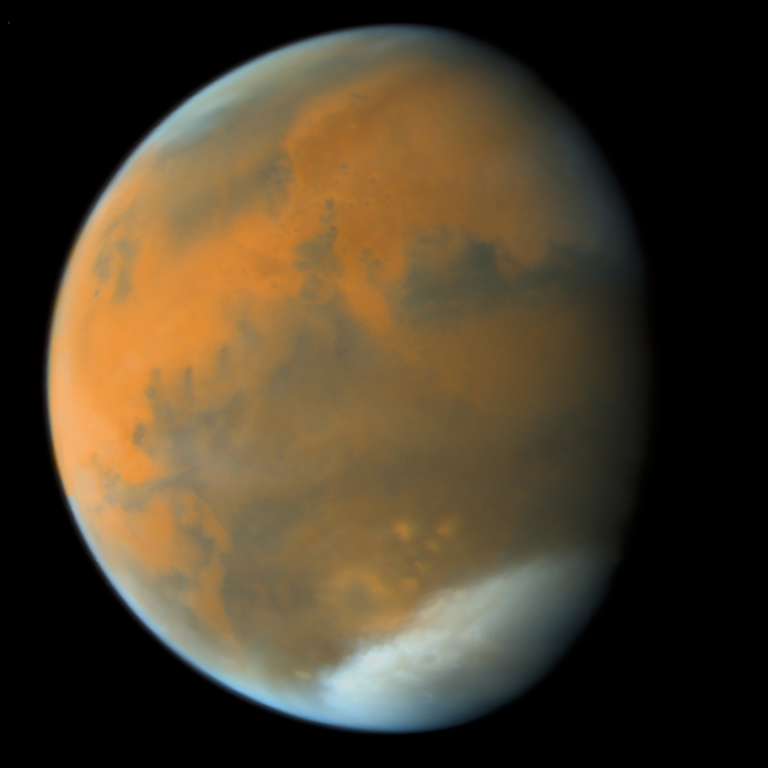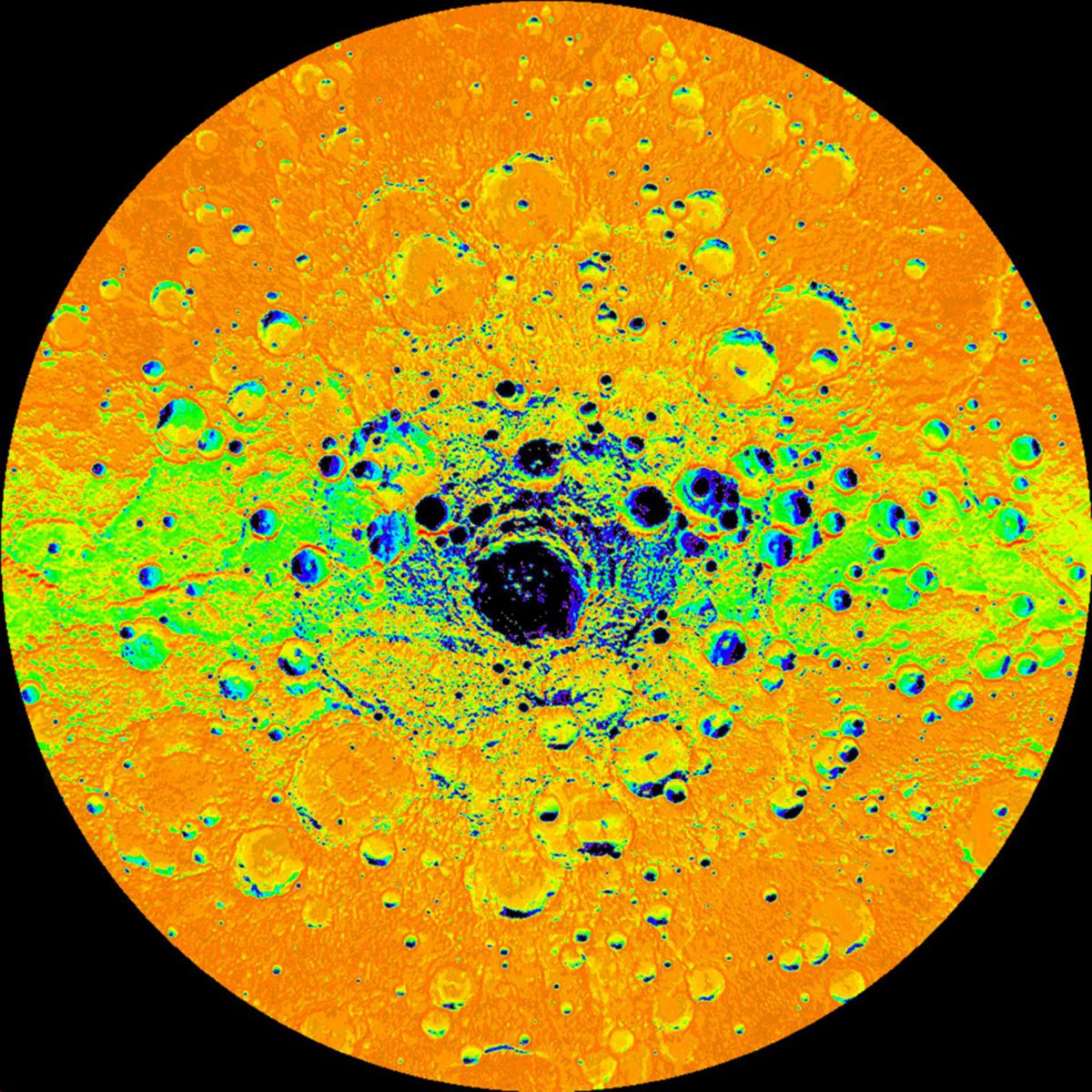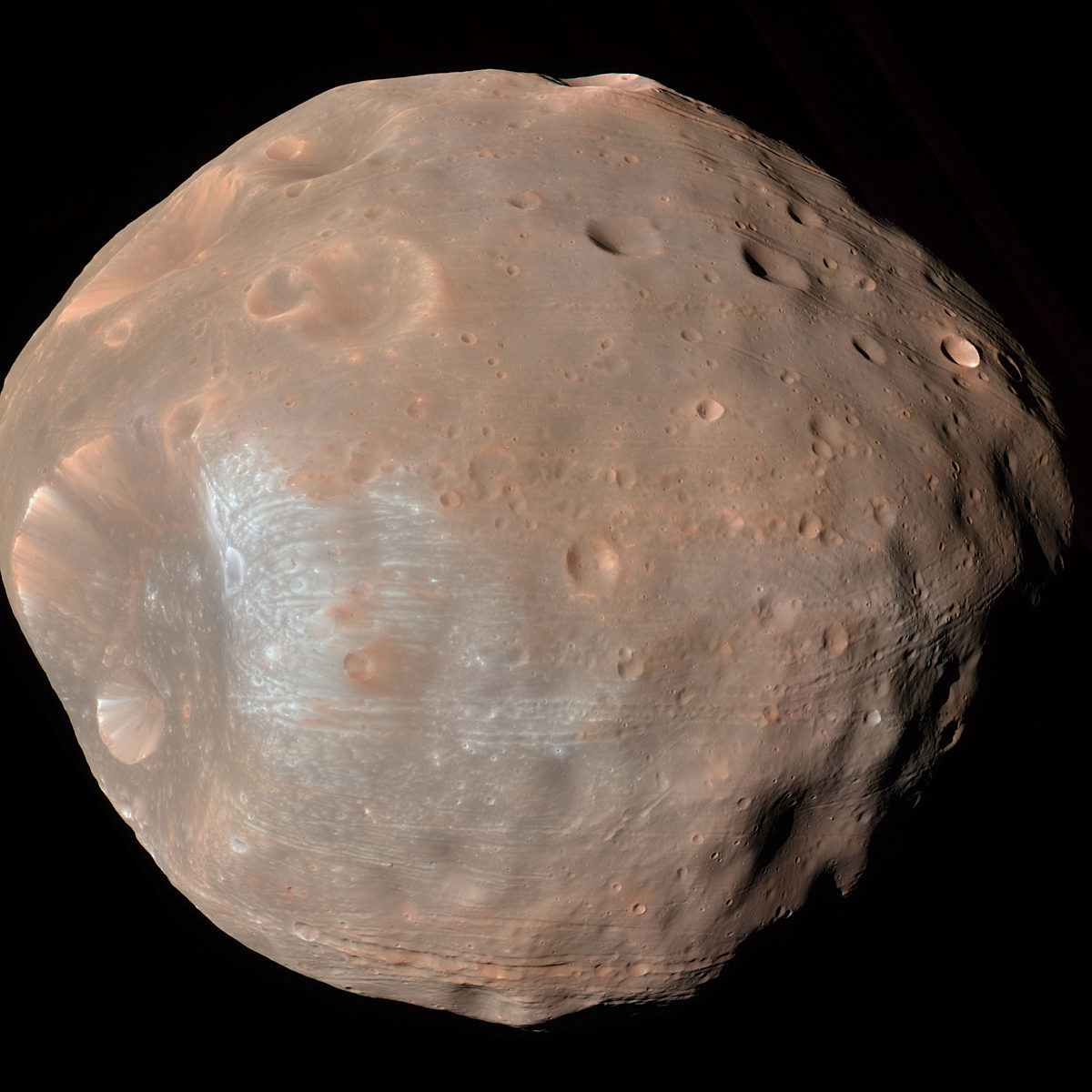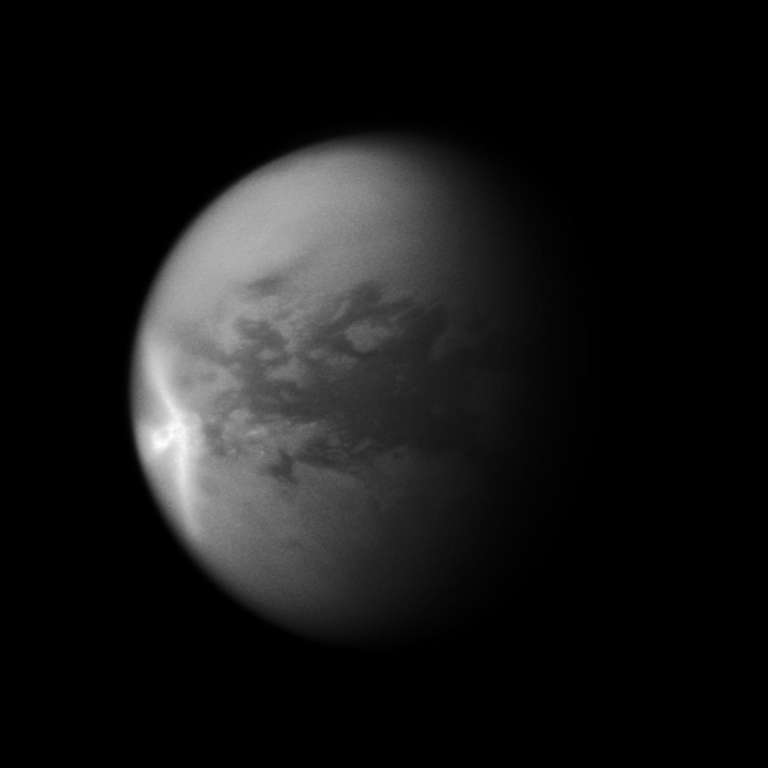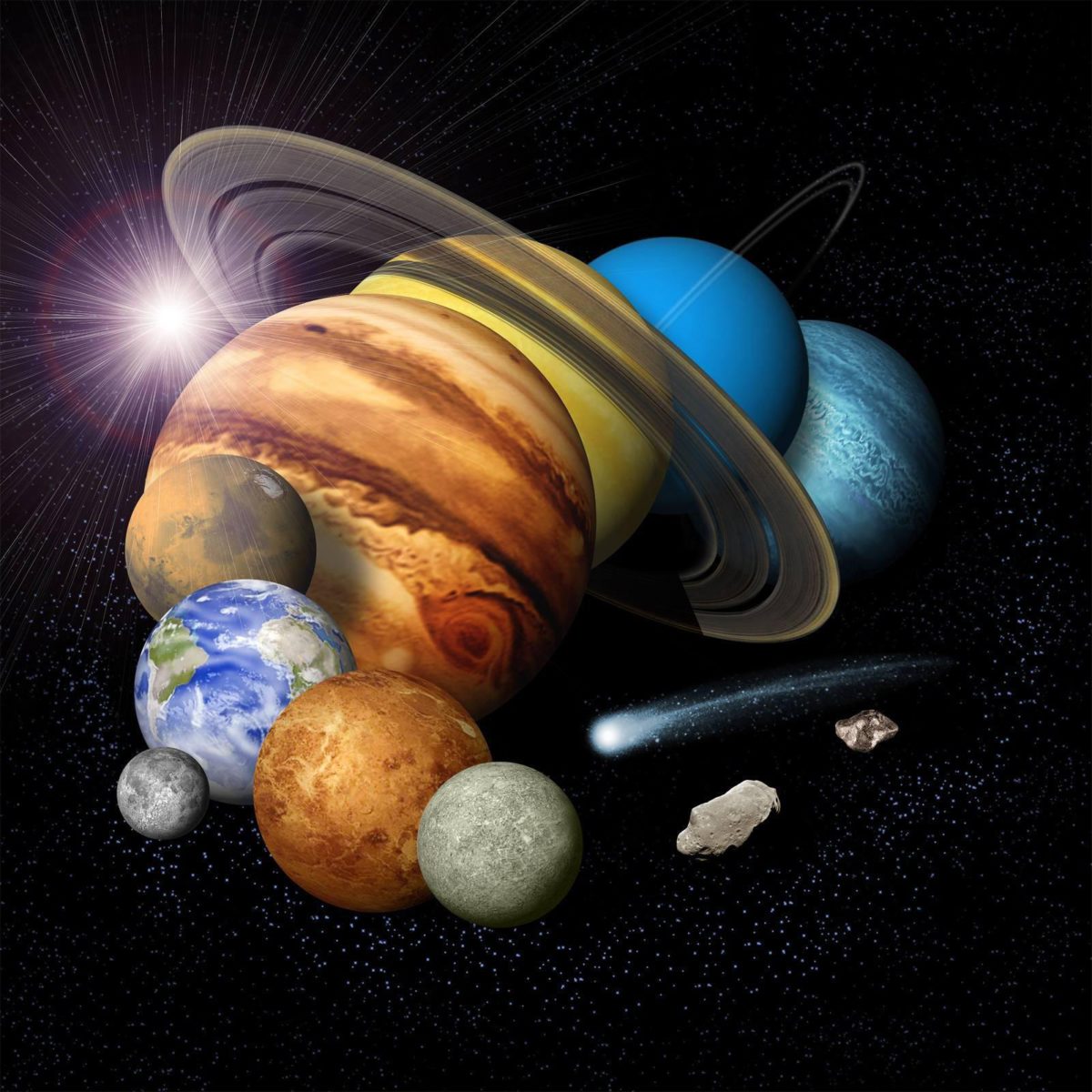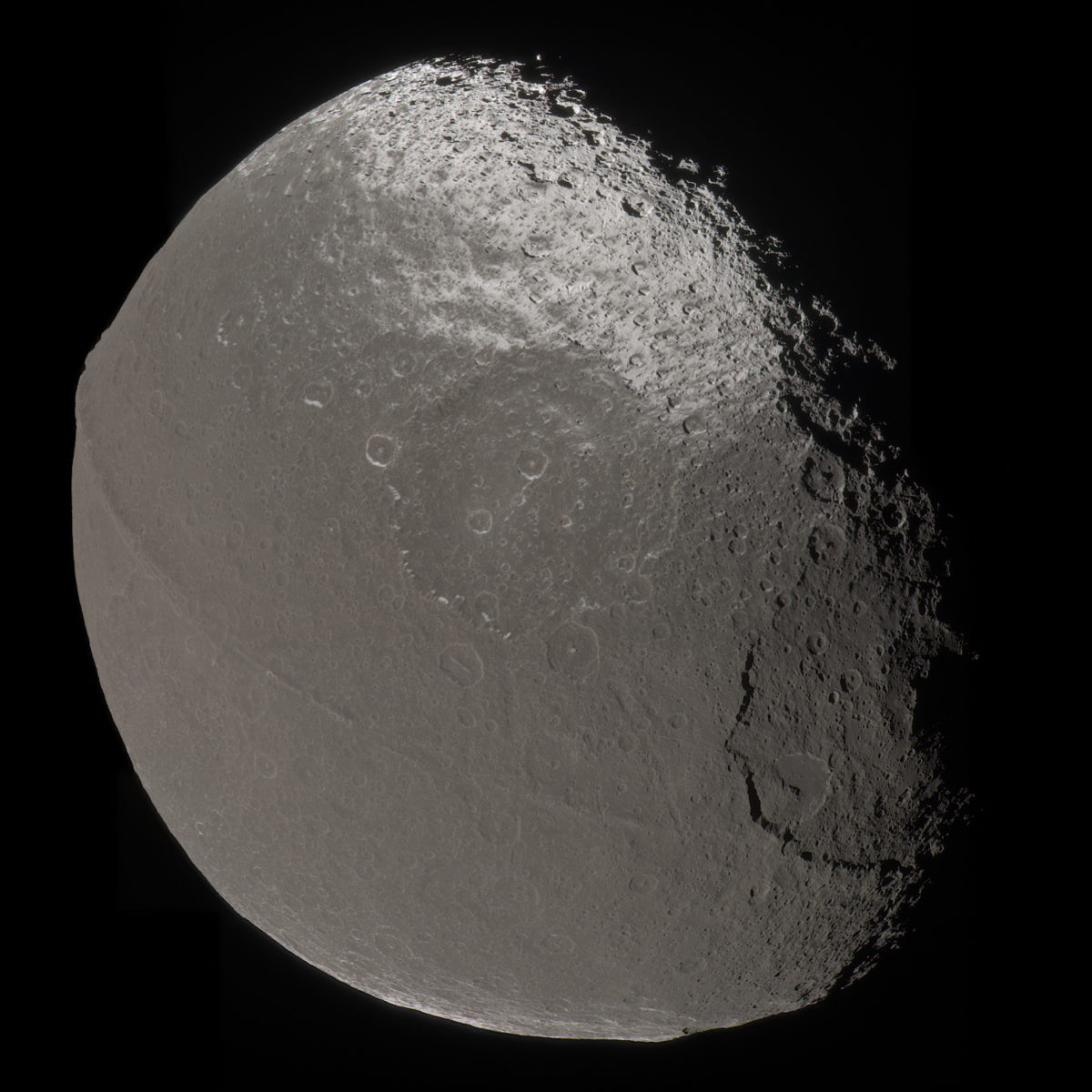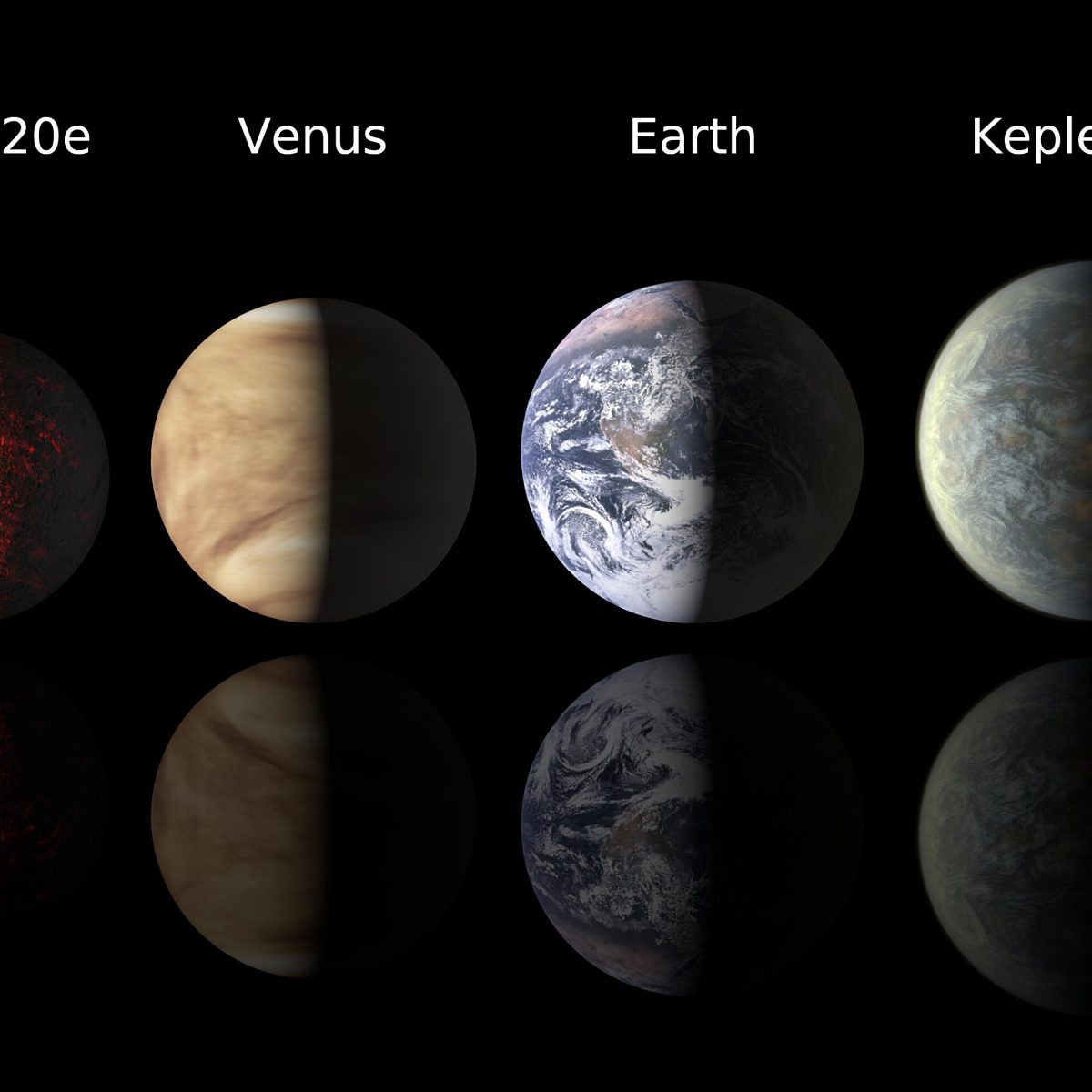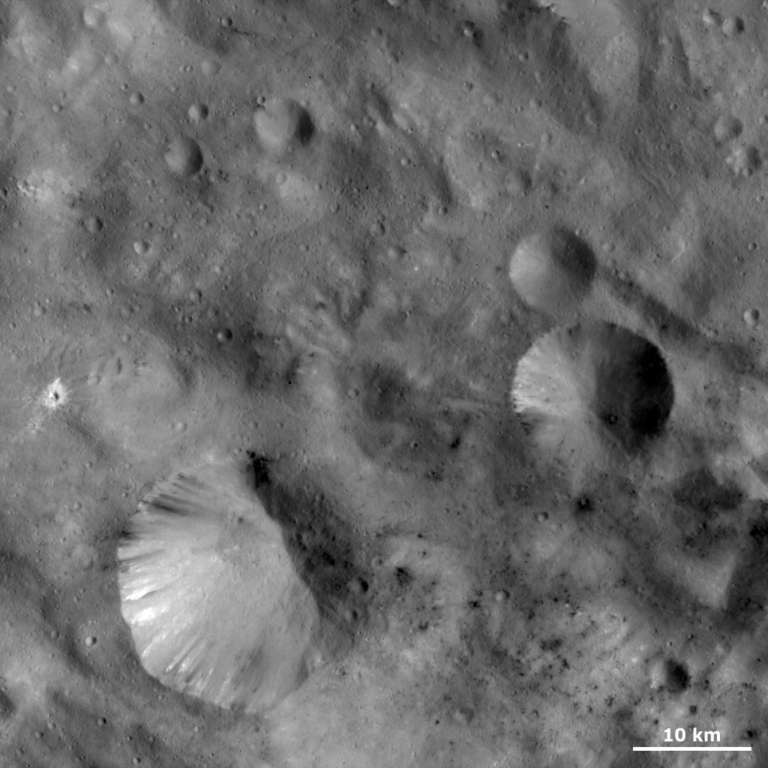All
All
Stories, updates, insights, and original analysis from The Planetary Society.
A geochemist's Periodic Table of Elements
The Periodic Table of Elements that hangs in chemistry classrooms doesn't include a lot of the information about elements that's most important to geologists. Here's one that does.
Some Details About Transits of Venus
The upcoming rare transit of Venus is one step in a long dance among Earth, Venus and the Sun. Transits of Venus follow a peculiar pattern—two transits 8 years apart, then 105.5 years with no transits, then two transits 8 years apart, then 121.5 years with no transits, for a total cycle of 243 years—and thereby hangs a tale.
Third Martian Anniversary for Mars Climate Sounder
May 16, 2012 is the third martian anniversary of the start of Mars Climate Sounder (MCS) observations from Mars Reconnaissance Orbiter. MCS started measuring the atmosphere of Mars three Mars years ago, on September 24, 2006. We can now compare the weather and behavior of the atmosphere in three different years, and find the temperature differences to be surprisingly large.
Earth�s toughest life could survive on Mars
The surface of Mars is a tough place to survive, but researchers at the German Aerospace Center (DLR) found some lichens and cyanobacteria tough enough to handle those conditions.
A possible nine-planet system
Someone on Twitter pointed me to a paper recently posted to ArXiv titled
What Saturn's moons can tell us about comets (Notes from LPSC 2012)
My notes on a two-part presentation by collaborators Jim Richardson and David Minton about the sizes of things in the Kuiper belt, a story they told by looking at Saturn's moons. How does that work? What connects Saturn's moons to the Kuiper belt is craters.
Notes from the Lunar and Planetary Science Conference: Making Cassini's radar images prettier
One of the more exciting talks last week was given by Antoine Lucas about his work with Oded Aharonson
Notes from the Lunar and Planetary Science Conference: Is there ice at Mercury's poles?
Water ice at Mercury's poles? That's crazy, right? Mercury is so close to the Sun that it seems inconceivable that you could have water ice there. But Mercury's rotational axis has virtually no tilt (MESSENGER has measured its tilt to be less than 1 degree), so there are areas at Mercury's poles, most often (but not always) within polar craters, where the Sun never rises above the horizon to heat the surface.
Notes from Titan talks at the 2012 Lunar and Planetary Science Conference (LPSC)
One of the topics I found most exciting yesterday was a series of talks on Titan's climate. Bob West showed how Titan's detached haze has shifted with time. Zibi Turtle presented about how Titan's weather has changed with these seasonal changes. Jason Barnes followed up Zibi's talk -- which was based on Cassini camera images -- with a study of the same regions using data from Cassini's imaging spectrometer, trying to figure out what was going on with that brightening. Ralph Lorenz talked about rainfall rates on Titan. Jeff Moore asked: what if Titan hasn't always had a thick atmosphere?
New "Snapshot From Space": Defending Our Planet
A new installment of our
Iapetus' peerless equatorial ridge
A new paper in the Journal of Geophysical Research - Planets by Dombard, Cheng, McKinnon, and KayI claims to explain how Iapetus' equatorial ridge formed. Cool!
Emily's New Video Series: Snapshots From Space
This is the first episode of editor Emily Lakdawalla's new video series exploring the solar system.
Figuring out orbital positions from orbital elements
A few times a year I find myself confronting a table full of numbers describing the orbits of things in the solar system, and cursing at myself because I've forgotten, again, what all these numbers mean and how to manipulate them to get the particular numbers I want.
Has Mars Express MARSIS data proved that Mars once had a northern ocean?
There's been a bit of buzz on the Web this week regarding an ESA press release titled
Six days in the crater (day one)
This is the first in a series of posts based on field notes and memories supplemented by background reading material from the Meteor Crater Field Camp that was held from October 17-23, 2010.
Steno's principles and planetary geology
The Google Doodle for January 11, 2012 celebrates Nicholas Steno, one of the founding fathers of modern geology, on the occasion of his 374th birthday. This article describes Steno's set of rules that guide geologists in reading rocks to tell the story of how a place came to be and how the rules are currently used in geology.
Project for Awesome Video On Behalf of the Planetary Society
WhirledSol posted a cool Youtube tribute to the Planetary Society a year ago, and we just now found it! It has a nice explanation of why we are so passionate about space exploration.
Separating fact from speculation about Kepler-20's Earth-sized planets
A large team of researchers has announced in a Nature article the discovery of not one, but two, Earth-sized planets orbiting a star named Kepler-20. This article separates the observational facts from the quite-likely-to-be-true inferences from the downstream speculations.
Notes on Dawn at Vesta from the 2011 American Geophysical Union meeting
A report on the press briefing and talks from the Fall 2011 American Geophyisical Union meeting about the data on Vesta collected so far by Dawn.


 Explore Worlds
Explore Worlds Find Life
Find Life Defend Earth
Defend Earth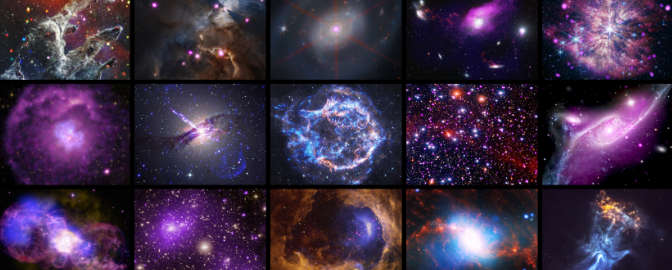
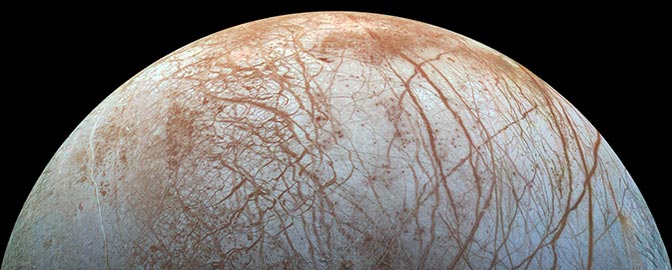

 Sun
Sun Mercury
Mercury Venus
Venus Earth
Earth Mars
Mars Jupiter
Jupiter Saturn
Saturn Uranus
Uranus Neptune
Neptune Small Bodies
Small Bodies


